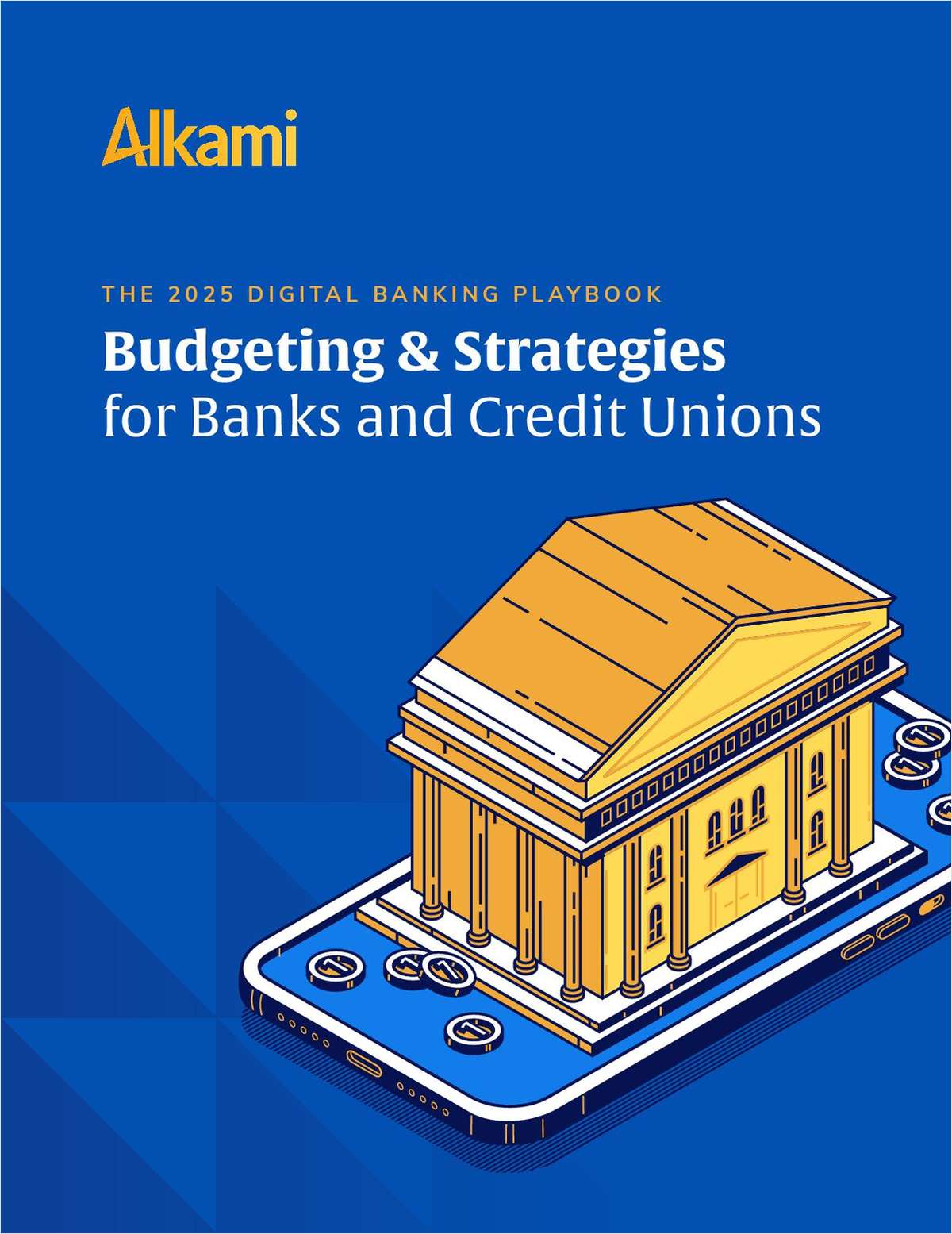BOSTON – ATM deployers, including credit unions, have become the victims of the ATM industry's success and must change their ATM strategies to survive through the industry's next evolution, according to Tony Hayes, a noted ATM expert and one of the principal authors of a new study of the American ATM industry. Hayes, managing director of Boston-based Dove Consulting, has likened the ATM strategy of many credit unions and banks to one of “mutually assured destruction.” “The fundamental problem is that there are too many ATMs deployed chasing too few transactions,” Hayes said in a phone interview from London, where he was addressing a European ATM conference. Hayes said credit union and bank ATM deployers needed to stop looking at their ATMs as profit centers and go back to thinking of them in terms of their broader strategies of how they seek to serve their customers and members. “Consider call centers,” Hayes said, “call centers are key to having a successful strategy in the marketplace, but no one considers calls centers to necessarily make money for the institution. They are seen as a vital part of customer service.” But Hayes also noted that this shift in thinking could be more easily stated than accomplished. “Once ATMs start being seen as profit centers, it is very difficult to start to see them in other terms,” he said. Hayes' conclusions flowed from Dove's 2004 ATM Deployer Study: the Search For a New Model, which Dove researched on behalf of the CO-OP Network, Pulse and STAR ATM and EFT networks. Its findings included the fact that while ATM receivables are variable, ATM expenses tend to be fixed and to include expensive upgrade requirements. “On average, financial institutions lose $260 per month on each of their on-premise ATMs and $242 on each of their off-premise ATMs,” the report found. “The fee income bonanza created by surcharging has been competed away and, despite the widespread belief to the contrary, most banks and credit unions now lose money on their ATMs even with surcharge income.” This has largely been the result of market saturation, the report found, as Independent Service Organizations entered the market in search of fee income. “Now, however, almost every location that can support an ATM already has an ATM, offering limited incremental organic growth potential,” the report noted. “Moreover, as consumers adjust their behavior to avoid paying surcharges, they are tending to use financial institution ATMs more and ISO ATMs less.” As troubling as this paradigm would appear to be, the report also found that it was not likely to change. Even in the saturated marketplace, the report predicted that the number of ATMs will increase by 3-4% per year, driven by branch openings and other convenience deployments, while transactions would likely only increase by 2% per year. Population growth and the increase in debit cards, including pre-paids card will drive the transaction increase, the report said, but growth will become hampered as steadily more people forsake cash in favor of card purchases. The bottom line, the report found, is that revenues are driven by transactions, but costs are not. “Until the industry can design and adopt a new business model, where costs and benefits are more equitably aligned, deployers will continue to search for a better approach.” Backing off from seeing ATMs as profit centers would mean that credit unions might look to different criteria for deciding where to deploy ATMs and which machines to deploy. An ATM in a location with few credit union member transactions and more non-member transactions might close in favor a location where credit unions' members might find the ATM more convenient, Hayes speculated. And this shift will not likely be an easy one to make, Hayes said, since it will mean that both banks and credit unions would have to leave the notion of ATMs as contributors to their bottom lines, Hayes reiterated. But Hayes argued that credit unions will be better suited for the second possible new ATM strategy, which would inaugurate still more cooperation between credit unions in a way that will enable them to offer ATM service to their members while sharing the fixed costs. “I think there is a lot of room in the ATM world still for more cooperation,” Hayes said, arguing that there is no reason for a credit union not to forego its perhaps steadily diminishing surcharge income in favor of giving its members access to a greater number of fixed costs ATMs. “Cooperation would represent a greater leap in thinking for banks than for credit unions,” Hayes said. “But nonetheless I think it will be necessary.” -
Complete your profile to continue reading and get FREE access to CUTimes.com, part of your ALM digital membership.
Your access to unlimited CUTimes.com content isn’t changing.
Once you are an ALM digital member, you’ll receive:
- Breaking credit union news and analysis, on-site and via our newsletters and custom alerts
- Weekly Shared Accounts podcast featuring exclusive interviews with industry leaders
- Educational webcasts, white papers, and ebooks from industry thought leaders
- Critical coverage of the commercial real estate and financial advisory markets on our other ALM sites, GlobeSt.com and ThinkAdvisor.com
Already have an account? Sign In Now
© 2025 ALM Global, LLC, All Rights Reserved. Request academic re-use from www.copyright.com. All other uses, submit a request to [email protected]. For more information visit Asset & Logo Licensing.









